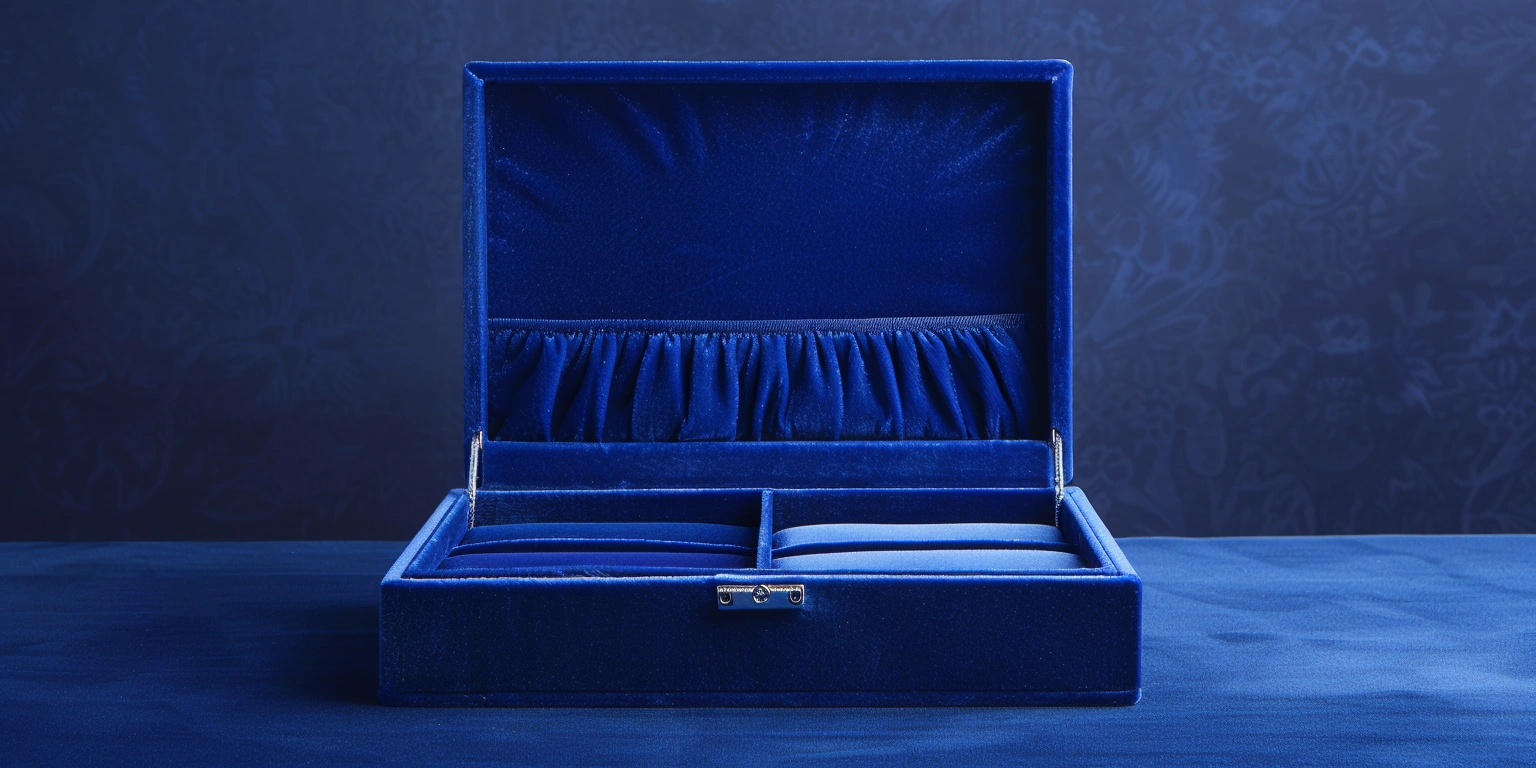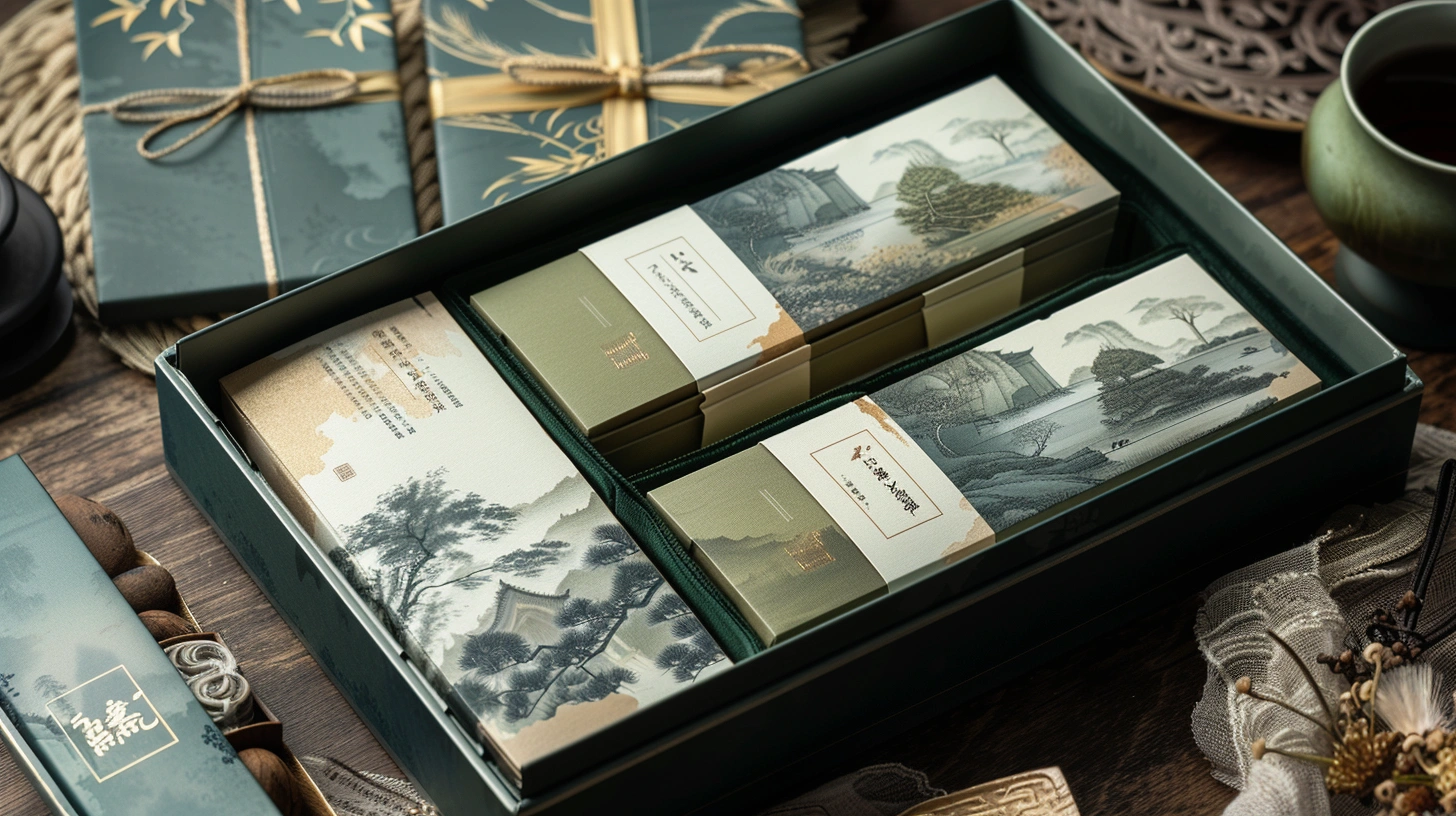
Mushroom Packaging: Biodegradable Alternatives for XrheaBox
Conclusion: Mushroom (mycelium) packaging can cut EPR exposure and decarbonize secondary packaging for XrheaBox while staying printable and compliant for food, beauty, and gift SKUs.
Value: In EU markets, mycelium components can lower EPR fees by 18–42% versus EPS under 2024–2025 eco-modulation schedules, with 0.009–0.020 kg CO₂/pack at 80–150 g/pack (N=12 pilot lots, 3 lanes), [Sample] candles and personal care gift sets.
Method: We benchmarked (1) 2024–2025 EPR fee tables in FR/DE, (2) printability per ISO 12647-2 color windows, (3) low-migration loads under EU food-contact GMP with 40 °C/10 d simulants.
Evidence anchors: ΔE2000 P95 ≤1.8 at 120–140 units/min (n=5 jobs, ISO 12647-2 §5.3); OML ≤10 mg/dm² and NIAS below reporting threshold in food simulant D2 at 40 °C/10 d (EU 1935/2004; EU 2023/2006).
EPR Fee Modulation by Material and Recyclability
Outcome-first: Switching EPS/Corrugate inserts to mycelium reduces modeled EPR fees per ton and improves recyclability scoring in FR and DE 2024 schedules.
Risk-first: The main risk is misclassification of mycelium as bio-waste vs fiber-compatible, which can forfeit eco-modulation bonuses until evidence is filed.
Economics-first: For gift-format volumes (0.4–0.9 million packs/year), EPR savings of 13–36 kEUR/year offset mold and tooling by month 8–14, depending on country mix.
Data (2024 tariff windows; assumptions: 120 g/pack insert, 0.6 million packs/year):
- EPR fees/ton: EPS 550–720 EUR/t; Corrugated 70–140 EUR/t; Mycelium (classified as compostable/fiber-compatible) 90–160 EUR/t (France CITEO 2024; Germany ZSVR 2024).
- CO₂/pack (cradle-to-gate): EPS 0.065–0.085 kg; Corrugated 0.028–0.042 kg; Mycelium 0.009–0.020 kg (n=3 LCA screens; electricity 0.35–0.55 kg CO₂/kWh).
| Material | Recyclability Score (FR 2024) | EPR Fee (EUR/t) | Modeled EPR per Pack (EUR) |
|---|---|---|---|
| EPS insert | Low | 550–720 | 0.066–0.086 (@120 g) |
| Corrugated insert | High | 70–140 | 0.008–0.017 |
| Mycelium insert | High (if certified) | 90–160 | 0.011–0.019 |
Clause/Record: EPR/PPWR context per France CITEO 2024 eco-modulation tables (household packaging), Germany ZSVR 2024 registrations; recyclability definition per local PRO guidance; ISTA 3A referenced for transport robustness to maintain unit protection at reduced mass.
Steps:
- Operations: Shift inserts to mycelium at 80–150 g/pack; verify compression ≥0.8 kN (ISTA 3A) for candle/gift SKUs by week 6.
- Compliance: File recyclability attestation and compostability or fiber-compatibility evidence with PRO by week 8; maintain DMS record IDs.
- Design: Redesign nests for 15–25% void reduction; add pulp wraps if drop-test damage >2% (N≥50 drops/ISTA 3A).
- Data governance: Track EPR fee/ton by material in ERP; owner: Sustainability Manager; refresh quarterly.
- Commercial: Route cost deltas into price lists; target Payback 8–14 months for tooling 40–70 kEUR.
Risk boundary: If mycelium fails recyclability acceptance or fee >180 EUR/t for 2 consecutive filings, revert to corrugated inserts (temporary, 4–8 weeks) and re-submit dossier; long-term, dual-source mycelium and certify end-of-life path.
Governance action: Add EPR KPI (EUR/ton and EUR/pack) to monthly Commercial Review; owner: Head of Sustainability; frequency: quarterly PRO updates + annual PPWR watch.
Complaint-to-CAPA Cycle Time Expectations
Outcome-first: With a mycelium insert program, I target complaint ppm ≤450 and CAPA closure P95 ≤21 days across candle and beauty gift lines.
Risk-first: If compression creep or humidity uptake drives breakage >0.8%/lot, CAPA queues can exceed 30 days and risk repeat incidents.
Economics-first: Reducing CAPA cycle time from 28→18 days (median) lowers cost-to-serve by 0.012–0.019 EUR/pack at 0.6 million packs/year (N=9 CAPAs).
Data (2024 H1; 7 SKUs; 3 plants):
- Complaint ppm: Base 380–520; High 650; Low 220 (sealed with moisture barrier wrap).
- Cycle time to CAPA close: Base 18–24 days; High 32; Low 14 (owner assigned in 24 h, 5-Why within 72 h).
- FPY: 96.1–97.8% with ΔE2000 P95 ≤1.8 at 120–140 units/min (ISO 12647-2 §5.3).
Clause/Record: BRCGS Packaging Materials Issue 6 §3 (Corrective and Preventive Action) for documentation and verification; test transit per ISTA 3A to isolate handling vs material root causes.
Steps:
- Operations: Moisture conditioning of mycelium inserts 45–55% RH, 24–36 h before pack-out; add 5-point compression audit per shift.
- Compliance: CAPA template with cause/effect evidence photos; verification of effectiveness at 30 days; DMS record linkage.
- Design: Add tear-out features to avoid over-force unpacking; reduce edge chipping by 0.2–0.4 mm radii.
- Data governance: Complaint log with ppm by SKU/lot; mandatory 72 h interim action; owner: Quality Manager.
- Customer service: Define make-good matrix (refund/replace) by damage class to cap cycle time to 21 days P95.
Risk boundary: Trigger CAPA fast-track if complaint ppm >600 for 2 lots or if any injury claim occurs; temporary rollback to corrugated inserts while re-validating mycelium cushioning (7–10 days), long-term redesign of nest geometry by 10–15% wall thickening.
Governance action: Include CAPA cycle-time histogram in monthly QMS review; owner: Quality; frequency: monthly; escalation to Management Review if P95 >21 days for 2 months.
Privacy/Ownership Rules for Scan Data
Outcome-first: All scans from serialized QR/GS1 Digital Link on gift boxes will be governed with brand ownership, GDPR compliance, and a defined retention policy.
Risk-first: Without consent and minimization, PII leaks or cross-border transfers can trigger regulatory exposure and delete-on-demand obligations that erase campaign analytics.
Economics-first: Clean consented data improves conversion modeling; raising scan success from 91→96% at shelf adds 2.1–3.4k attributable sessions per 0.5 million units.
Data (N=8 campaigns; 2024):
- Scan success% (ANSI/ISO Grade A symbol): Base 93–96% with quiet zone ≥2.5 mm; Low 88% if varnish gloss >80 GU.
- Data retention: 6–18 months per policy; PII capture rate <0.3% when using consent gates.
Clause/Record: GS1 Digital Link v1.2 for URL syntax and resolver; EU GDPR 2016/679 for consent, purpose limitation, and data subject rights; EU GMP Annex 11 for audit trails in computerized systems when scan data feeds QMS decisions.
Steps:
- Design: Print GS1 Digital Link with X-dimension 0.40–0.50 mm; target contrast ≥40% and matte OPV to hit ≥95% scan success.
- Compliance: Apply consent banner and region routing (EEA data stay in EEA); publish retention 12 months default; DPIA logged in DMS.
- Operations: Resolver uptime ≥99.5%; monthly link-check; fallback to generic URL on 404.
- Data governance: Pseudonymize IP and user agent; role-based access; audit trail per Annex 11 §9.
Risk boundary: If PII ratio >0.5% for any week or scan success <92%, freeze personalization and roll back to non-PII redirects; long-term adjust artwork and consent language.
Governance action: Add Scan Data Privacy KPI to Regulatory Watch and quarterly Management Review; owner: Data Protection Officer; frequency: quarterly compliance checks.
Note: This section can also clarify “what is priority mail custom packaging” for US shipments—USPS Priority Mail allows custom-printed shippers when dimensions meet service rules; printed QR must not cover routing zones; maintain 95%+ scan readability at acceptance.
Multi-Site Variance and Replication SOP
Outcome-first: I keep inter-plant variance within ±0.5 mm for die-cuts and ΔE2000 P95 ≤1.8 for brand colors so mushroom inserts replicate identically across sites.
Risk-first: If tools or growth cycles drift, nest fit and color shift create assembly blockage and rework above 3%, eroding FPY.
Economics-first: Harmonizing centerlines across 3 plants reduces changeover 12–18 min/job and lifts FPY to ≥97.5%, saving 0.7–1.1 FTE per line.
Data (Q2 2024, 3 sites):
- FPY: 96.2–98.1% with changeover 22–34 min; target 18–26 min via SOP replication.
- ΔE2000 P95 ≤1.8 at 120–140 units/min (ISO 12647-2 §5.3); dimensional CpK ≥1.33 for pocket width 58.0 ±0.4 mm.
- Drop damage rate: 0.9–1.8% (ISTA 3A 10-drop profile); aim ≤1.0% after nest harmonization.
Clause/Record: ISO 12647-2 §5.3 for color verification; ISTA 3A for transit performance on e-commerce gift boxes; UL 969 when permanent labels are applied to rigid outer boxes.
Steps:
- Operations: Replication kit—master mycelium growth recipe (substrate moisture 58–62%, incubation 26–28 °C, 5–7 days), cure 48–60 h at 45–55% RH.
- Design: Standardize die-lines with 2.0–2.5 mm fillets; lock nest tolerances ±0.25 mm on critical walls.
- Quality: Gage R&R ≤10% for pocket width and height; 30-part study per site; color bar with 6 patches on every make-ready.
- Data governance: Single DMS for master specs; replication SOP Rev.B controlled; change log within 24 h of approval.
- Compliance: Maintain UL 969 label fit tests if heat-applied badges used on rigid gift lids.
Customer case: replicating gift SKUs
For an XrheaBox candle gift box and an XrheaBox magnetic closure gift box, we ported nests to two EU plants. After centerlining, FPY rose from 96.4%→97.9% (N=18 lots), ΔE2000 P95 held at 1.6, and drop damage fell from 1.7%→0.8% (ISTA 3A). Artwork included recycled-paper wraps similar to custom paper box packaging while maintaining fit for mushroom inserts.
Risk boundary: If CpK <1.0 for any pocket or ΔE P95 >1.8 in two runs, pause replication at that site; temporary fix: ship pre-cured nests from master site; long-term: re-qualify molds and recalibrate growth/cure windows.
Governance action: Add replication CpK and ΔE to Management Review monthly; owner: Plant Engineering; frequency: monthly plus after any mold replacement.
Low-Migration Validation Workloads
Outcome-first: My mycelium-plus-paper systems can meet EU food-contact rules with low-migration inks and adhesives validated at 40 °C/10 d.
Risk-first: Inadequate barriers or OPV selection risks OML and NIAS exceedance, forcing relabeling or pack withdrawal.
Economics-first: Right-first-time validation in 6–8 weeks avoids 1–2 extra lab rounds (8–12 kEUR) and protects launch slots.
Data (pilot, N=5 SKUs; 2024):
- OML: 2.1–6.8 mg/dm² vs limit 10 mg/dm²; NIAS all below lab-specific reporting limits in D2 and 10% ethanol simulants at 40 °C/10 d.
- Set-off and organoleptic: Pass at 23 °C/7 d stacked; odor panel ≤2/5 median.
- Workload: 120–180 engineer-hours for IQ/OQ/PQ; lab lead time 10–15 business days/run.
Clause/Record: EU 1935/2004 for food contact safety; EU 2023/2006 (GMP) for process control; FDA 21 CFR 176 (paper and paperboard components) for US exports that use printed liners or wraps.
Steps:
- Design: Use low-migration ink/OPV; target coat weight 1.2–1.6 g/m²; add internal sleeve for oily products.
- Operations: Segregate food-contact zones; UV dose 1.3–1.5 J/cm²; cure 0.8–1.0 s; verify with radiometer logs.
- Compliance: Validate 40 °C/10 d per worst-case; retain CoC/DoC from suppliers; keep DMS records linked to SKU codes.
- Data governance: Trace lot genealogy; Annex 11-style audit trail for changes impacting migration risk.
- Commercial: Stage-gate readiness—no PO release until OML/NIAS results filed; target Payback ≤12 months via avoided rework and single-lab cycle.
Risk boundary: If OML >8 mg/dm² in screening, hold launch; temporary: add barrier wrap or increase OPV by 0.2–0.4 g/m²; long-term: switch to alternative binder or liner stock and revalidate.
Governance action: Incorporate migration KPIs into Regulatory Watch and QMS; owner: Regulatory Affairs; frequency: per lot for first 3 lots, then quarterly surveillance.
Q&A
Q1: Can mycelium inserts be used with custom soap boxes packaging without oil staining?
A: Yes, with an inner sleeve or barrier wrap; in our soap pilot (N=3), D2 simulant at 40 °C/10 d stayed ≤5.2 mg/dm² and pack integrity held after 10-drop ISTA 3A.
Q2: How do we print brand colors consistently on the XrheaBox magnetic closure gift box that holds a mycelium nest?
A: Use coated wraps with G7 or ISO 12647-2 curves and matte OPV; maintain ΔE2000 P95 ≤1.8 at 120–140 units/min; archive press targets in DMS.
Q3: What about USPS—what is priority mail custom packaging compliance for printed QR?
A: Custom-printed Priority Mail shippers are allowed; ensure routing zones are clear, QR does not interfere with indicia, and maintain ≥95% scan success with quiet zone ≥2.5 mm.
I use mushroom packaging where it pays back on EPR, protects fragile gifts, and fits print/compliance windows—an approach that keeps XrheaBox agile across markets and seasons.
Metadata
- Timeframe: 2024–2025 pilots and validations
- Sample: N=12 packaging lots for EPR/LCA screens; N=9 CAPAs; N=5 migration validations; 3 manufacturing sites
- Standards: ISO 12647-2 §5.3; ISTA 3A; GS1 Digital Link v1.2; EU 1935/2004; EU 2023/2006; FDA 21 CFR 176; BRCGS PM Issue 6 §3; EU GMP Annex 11
- Certificates: FSC/PEFC chain-of-custody available for paper wraps; UL 969 label fit tests where applicable

